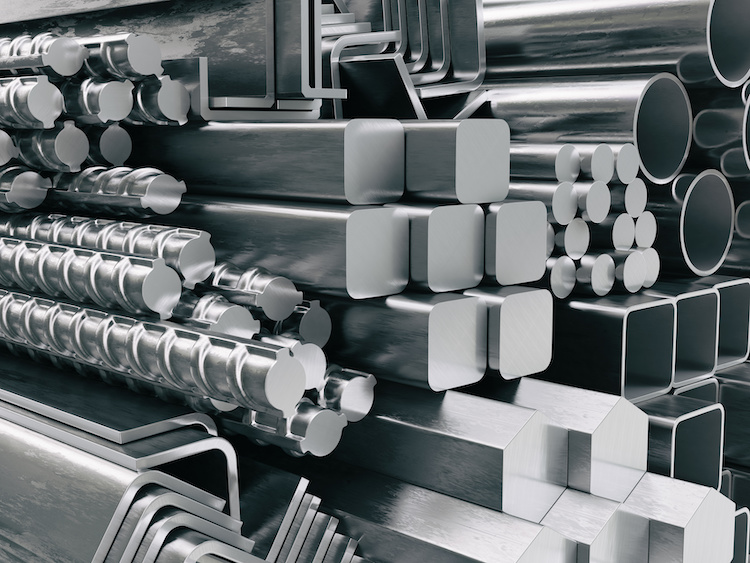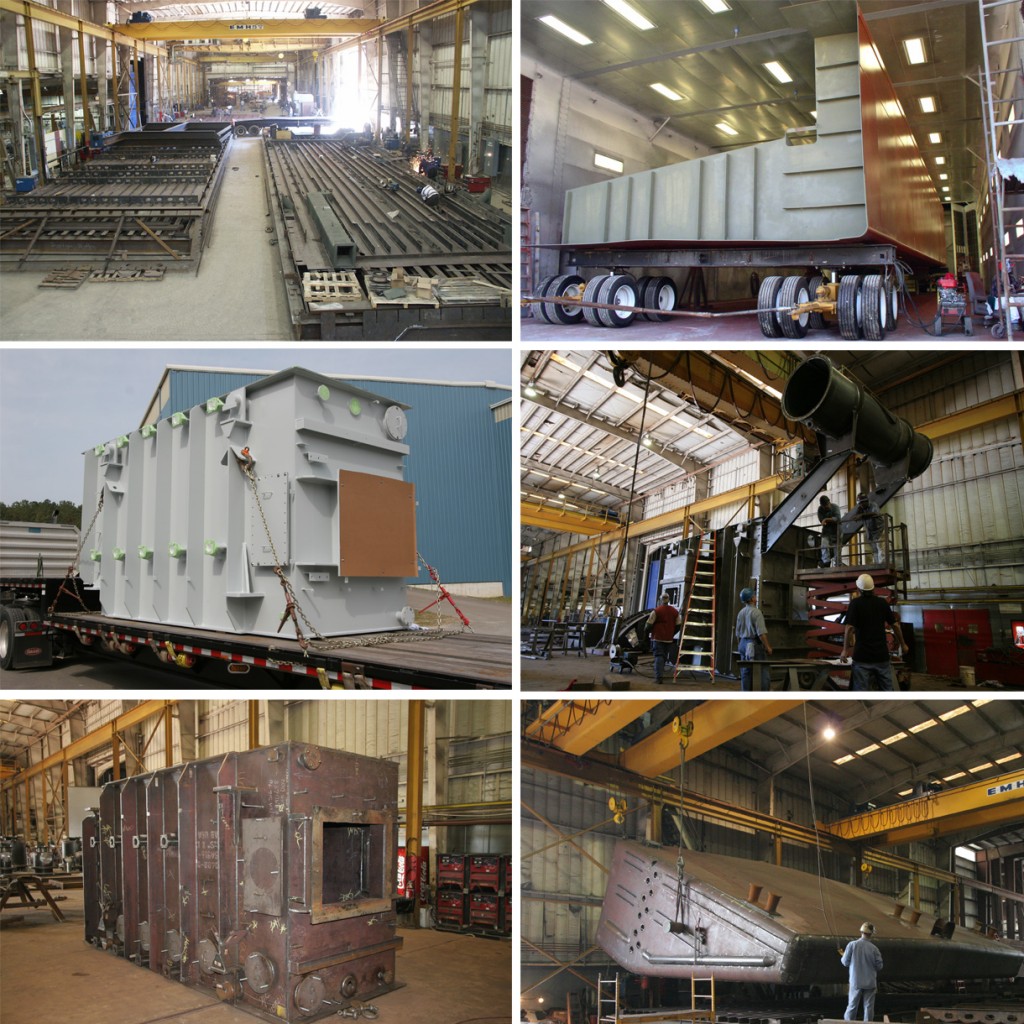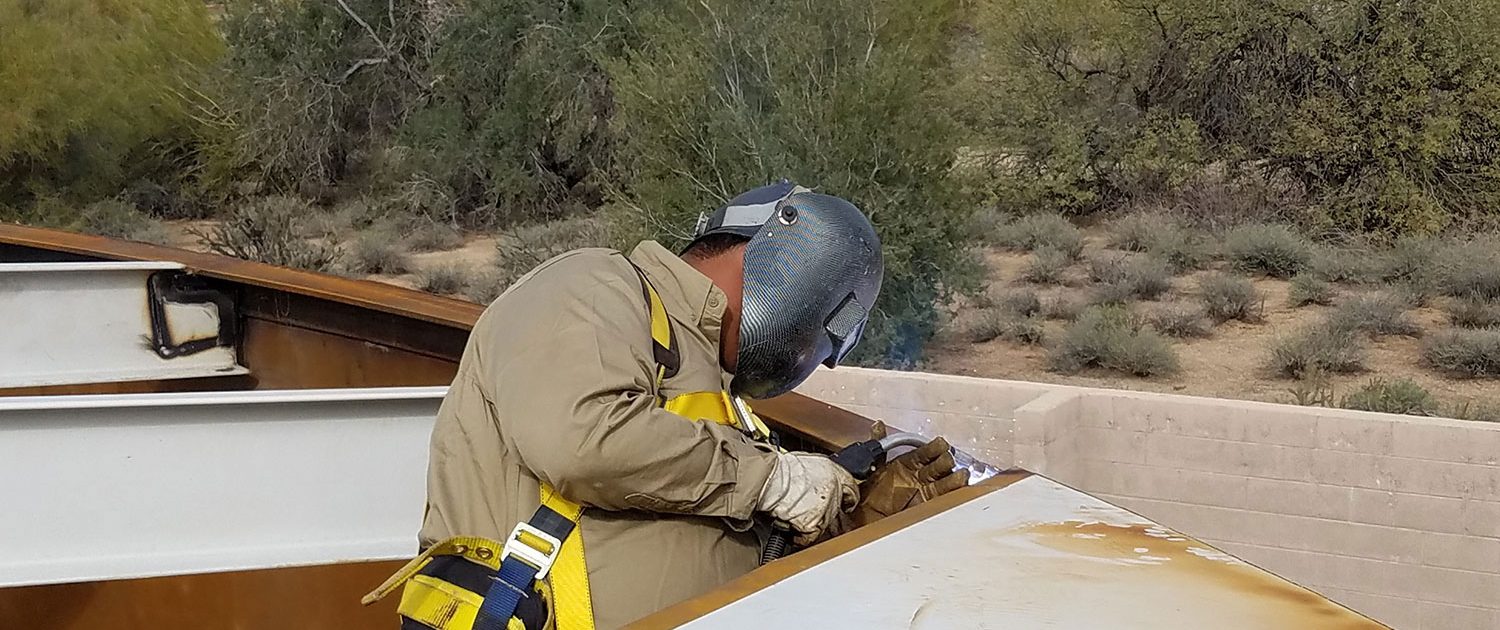Reputable Steel Fixing Solutions: Guaranteeing Structural Integrity
Reputable Steel Fixing Solutions: Guaranteeing Structural Integrity
Blog Article
Innovative Patterns in Steel Construction: Enhancing Sturdiness and Precision
In the realm of steel manufacture, the quest of resilience and accuracy has led to a wave of cutting-edge patterns that are reshaping the sector. From improvements in welding technologies to the assimilation of robotic automation in manufacture processes, the landscape of steel manufacturing is progressing rapidly. High-strength alloy growth, combined with the application of 3D modeling and simulation software, is pushing the limits of what is possible in regards to structural integrity and accuracy. Moreover, the expanding emphasis on lasting practices in steel manufacturing is not only driving effectiveness yet likewise cultivating a more ecologically conscious method to manufacture. These patterns are not simply forming the here and now however additionally laying the groundwork for the future of steel fabrication, guaranteeing more improvements in resilience and accuracy.
Advanced Welding Technologies
In the world of steel manufacture, the fostering of cutting-edge welding technologies has considerably reinvented the market's technique to accomplishing remarkable high quality and accuracy in structural welds. Advanced welding innovations, such as laser beam of light welding and friction stir welding, have become game-changers in the area. Laser light beam welding uses a concentrated laser beam to join metal components with impressive precision and rate, making it ideal for elaborate designs and slim products. On the various other hand, friction stir welding develops unbelievably solid bonds by mechanically intermixing the molecules of the products at the joint, removing the requirement for melting the steel. These modern technologies use various benefits, consisting of minimized heat-affected zones, marginal distortion, and improved mechanical buildings in the bonded joints. By leveraging these advanced welding strategies, steel producers can elevate the durability, toughness, and precision of their architectural welds, satisfying the increasingly requiring demands of modern building and construction projects.
Robot Automation in Fabrication
Accepting robot automation has actually become a foundation of modern-day steel fabrication practices, boosting and enhancing procedures effectiveness across the industry. Robots are revolutionizing the means steel components are manufactured, using exceptional accuracy and rate while reducing human error. These automated systems can deal with repeated tasks with constant precision, resulting in greater high quality end items.
One trick benefit of robot automation in steel manufacture is the capacity to function all the time without exhaustion, significantly increasing production output. This continuous operation minimizes downtime and accelerates project timelines, ultimately saving costs for manufacturers. Additionally, robotics can be set to execute detailed jobs that might be difficult or dangerous for human workers, boosting safety and security in the office.
Furthermore, robot automation enables smooth assimilation with other digital innovations, such as computer-aided layout (CAD) software application and Web of Points (IoT) systems (steel fabrication melbourne). This interconnected strategy enhances communication in between various phases of fabrication, enhancing operations and ensuring real-time monitoring and control. As the steel construction sector proceeds to evolve, robotic automation sticks out as a transformative pressure driving performance and accuracy in manufacturing processes

High-Strength Alloy Development
The advancement of high-strength alloy development in steel construction is reshaping the industry's technique to boosting product longevity and efficiency. High-strength alloys are crafted to show premium mechanical residential or commercial properties, such as enhanced tensile strength, toughness, and corrosion resistance contrasted to typical steel qualities. By including these sophisticated alloys into fabrication processes, manufacturers can generate parts that stand up to higher tension levels and rough settings, causing more trusted and sturdy final result.
One key advantage of high-strength alloy growth is the capability to reduce product thickness without compromising architectural stability. This not only leads to lighter-weight components yet additionally adds to cost financial savings and enhanced efficiency in manufacture and assembly procedures. Additionally, the enhanced strength-to-weight proportion of these alloys enables the layout and building of structures with greater load-bearing capacities while lessening overall weight.
3D Modeling and Simulation Software Program
Advancements in steel fabrication processes have been considerably driven by the assimilation of sophisticated 3D modeling and simulation software program devices. These devices permit makers to develop thorough digital versions of their tasks, allowing them to picture the last item with precision before any physical work begins.

Sustainable Practices in Steel Manufacturing
Incorporating lasting practices right into steel production processes is important for reducing environmental impact and guaranteeing long-term resource schedule. One key lasting method is the adoption of energy-efficient technologies to decrease greenhouse gas exhausts during the steel production process. This includes using renewable resource resources, such as solar or wind power, to power steel plants and implementing energy-efficient tools to maximize power usage.
Another vital element of sustainable steel manufacturing is the responsible sourcing of raw materials. This involves ensuring that the iron ore and various other resources used in steelmaking are obtained from environmentally pleasant and honest resources. By advertising transparency in the supply chain and adhering to strict environmental requirements, steel manufacturers can lessen the negative effects of resource removal on regional environments and neighborhoods.

Verdict
To conclude, the ingenious patterns in steel fabrication such as advanced welding modern technologies, robotic automation, high-strength alloy advancement, 3D modeling and simulation software application, and sustainable methods are improving the durability and accuracy of steel products. These advancements are transforming the steel fabrication sector by enhancing effectiveness, sustainability, and high quality. It is clear that the future of steel construction depends on embracing these sophisticated technologies to meet the needs of contemporary building and production industries.
In the realm of steel manufacture, the search of sturdiness and accuracy has actually led to a wave of ingenious patterns that are improving the market.In the realm of steel construction, the adoption of innovative welding technologies has actually significantly reinvented the industry's method to attaining exceptional high quality and accuracy in structural welds. As the steel construction site here sector proceeds to evolve, robotic automation stands out as a transformative pressure driving performance and precision in producing procedures.
Additionally, recycling and reusing steel scrap and waste materials play a considerable function in boosting the sustainability of steel manufacturing. Alpha reo.In final thought, the ingenious patterns in steel manufacture such as innovative welding technologies, robotic automation, high-strength alloy development, 3D modeling and simulation software application, and sustainable methods are boosting the durability and precision of steel products
Report this page